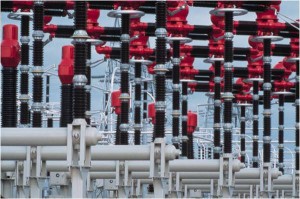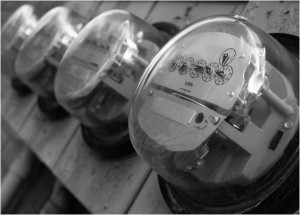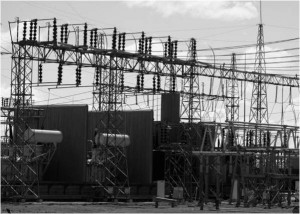
Markets and Customers
The Electricity Market
The liberal electricity markets of Europe offer chances as well as risks for the competitive position of companies
Liberal electricity markets create chances and risks by dynamic and standardized wholesale. The dynamic change of the electricity market creates potentials that can only be utilized by marketability. Framework requirements, levys, volatile prices, as well as network costs have to be taken into account holistically.
Requirements and chances for risk and price minimization result from the market situation of the respective consumer. The GU supports this by specialized energy procurement consulting. The achievable cost savings lead to an improved competitive positioning of the customer without consultation cost risk due to the GU success guarantee.
Market and Costs
Trading markets
Electricity supply cost
Price basis
Long-term price trends with increasing short-term volatility
Supply
Commodity futures market
Lack of storage life
Electricity supply
Framework requirements
Risks & Chances
Flexibility increase
Speculations
Demand risks
Characteristics of the market places and electricity procurement costs, the basis for the end price identification and market price movements define the market and costs
Trading markets
The electricity trading takes place either via bilateral contracts (OTCs), which account for the majority of the physical forward trading, or via the financia futures market at the exchange. On the other hand, the sport market for short-term deliveries is mainly transacted via exchange. For consumers the consequence results that in wholesale physical delivery is procured as forwards and complicated financial
Electricity supply cost
Depending on the year of consumption, the price range at the electricity market is up to over 50%. This volatility has proven as a constant effect over the last years. This makes a strategic approach by the consumer necessary. The electricity price, including the network costs and dues, can be strongly optimized by procurement strategies.
Price base
On the wholesale market, which offers constant sales and procurement opportunities, the current market price is developed as a calculation basis.Therefore the market risks hit the consumers and suppliers likewise.
Long-term price trends with increasing short-term volatility
The requirements for procurement strategies change fundamentally. Long-term upwards trends with sharp and short, ups and downs have become the rule of the game. For example, fluctuations of 35 TEUR / 10 GWh per day. Flexibility, market and customer proximity are decisive for efficient optimization of costs and risks.
The supply on the electricity market is defined by the lead time of supply contracts, the lack of storage life, the price development, and the regulatory framework
Commodity futures market
Electricity supply contracts are normally traded with a lead time of 1 to 3 years. From the year of origin, for the following three years identical supply contracts can be signed (z.B. 2012 for 2015), respectively a contract, for example for 2015 can be signed from 2012 on any time while prices are fluctuating at the same time. The long-term upwards trend makes long-term planning necessary.
Lack of storage life
From the lack of storage life of electricity results the high price volatility and the necessity for an hourly calculation (hour as the smallest tradable unit) of a price forward curve consisting of 8.760 single prices, which is applied to the load profile of the consumer.
Electricity supply
The price of electricity contracts is calculated based on supply and demand. The production costs are not the only decisive factor for price development.
Framework requirements
On the electricity market (EEX – OTC) specific standard products and practices have developed. Also the network transfer functions via standardized structures and processes.
Risks and chances result from the flexibility of suppliers, financial speculations at the exchange, and the consumption forecast on the base of load profiles
Flexibility increase
 The wholesale business is very flexible due to the smallest tradable unit in form of supply hours. Short-term demand changes can theoretically be cleared on the same or next day, accepting volatile prices.This makes the creation of load profiles, data collection, and the forecast of the load profile, as well as the fast market access and the ability for quick clearing essential for electricity procurement.
The wholesale business is very flexible due to the smallest tradable unit in form of supply hours. Short-term demand changes can theoretically be cleared on the same or next day, accepting volatile prices.This makes the creation of load profiles, data collection, and the forecast of the load profile, as well as the fast market access and the ability for quick clearing essential for electricity procurement.
Speculations
The increasing volatility on the electricity market is not least caused by the increasing number of participants on the financial trading market. In the process, every MWh is already bought and sold before it is actually produced. Producers, traders, banks and funds are involved.
Demand risks
The load forecast represents the possible information advantage of consumers compared to suppliers. Consumption registration and adaptation of forecasts in line with the market reduces the risk of necessary quantity adjustments.




